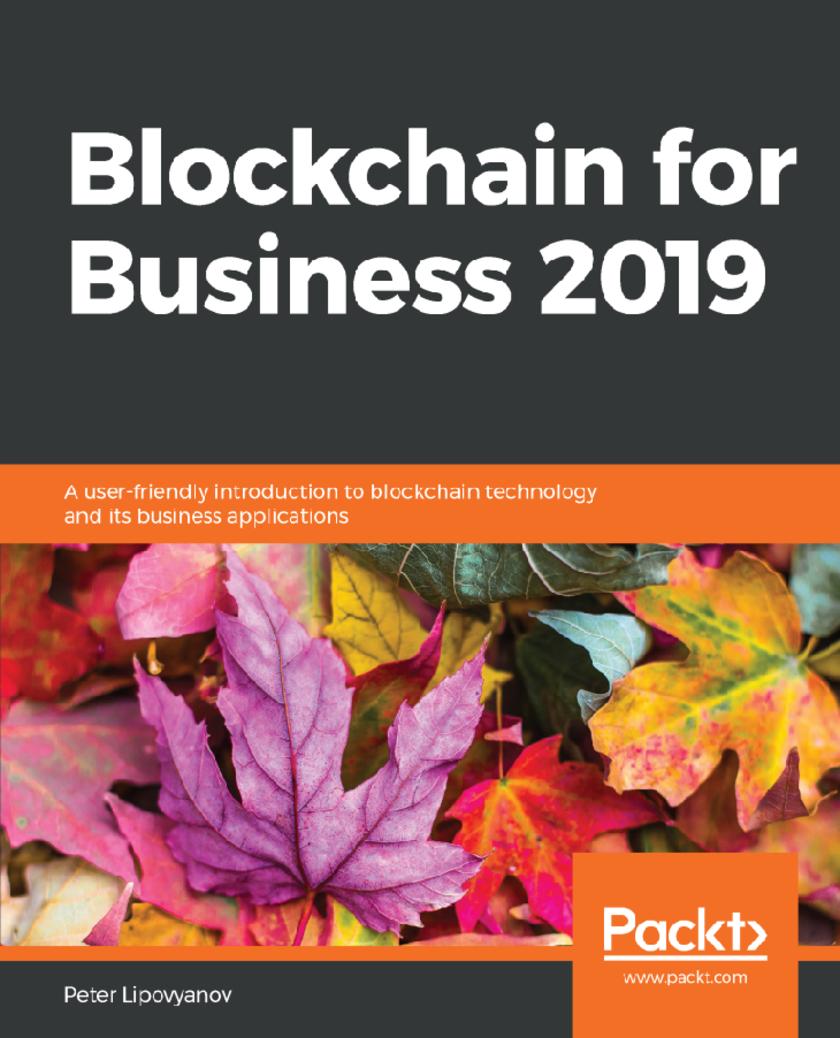
Blockchain for Business 2019
¥54.49
Your one-stop guide to blockchain technology and its business applications Key Features * Assimilate blockchain services such as Ethereum and Hyperledger to transform industrial applications * Know in and out of blockchain technology to understand various business use cases * Understand various common and not-so-common challenges faced in blockchain development Book Description Blockchain for Business 2019 is a comprehensive guide that enables you to bring in various blockchain functionalities to extend your existing business models and make correct fully-informed decisions. You will learn how decentralized applications are transforming numerous business sectors that are expected to play a huge role in the future. You will see how large corporations are already implementing blockchain technology now. You will then learn about the various blockchain services, such as Bitcoin, Ethereum, Hyperledger, and others to understand their use cases in a variety of business domains. You will develop a solid fundamental understanding of blockchain architecture. Moving ahead, you will get to grips with the inner workings of blockchain, with detailed explanations of mining, decentralized consensus, cryptography, smart contracts, and many other important concepts. You will delve into a realistic view of the current state of blockchain technology, along with its issues, limitations, and potential solutions that can take it to the next level. By the end of this book, you will all be well versed in the latest innovations and developments in the emerging blockchain space. What you will learn * Understand the fundamentals of blockchain and how it was developed * Gain a good understanding of economic concepts and developments * Develop a base for concepts such as cryptography, computer networking, and programming * Understand the applications of blockchain and its potential impact on the world * Become well versed with the latest developments in the blockchain space * Explore blockchain frameworks, including decentralized organizational structures, networks, and applications Who this book is for This book is for financial professionals, business executives, managers, and enthusiasts who are interested in getting well-versed with blockchain technology in various business domains. This book will help boost your existing business models using blockchain services. No prior experience of blockchain is required.
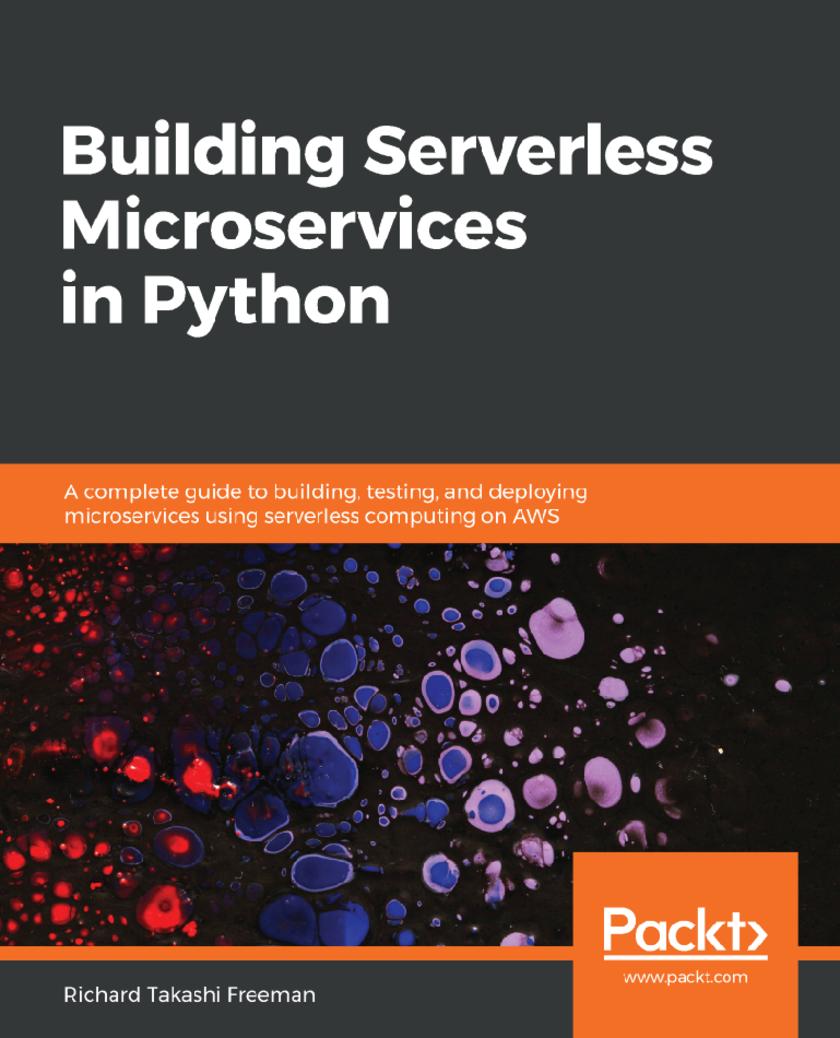
Building Serverless Microservices in Python
¥54.49
A practical guide for developing end-to-end serverless microservices in Python for developers, DevOps, and architects. Key Features * Create a secure, cost-effective, and scalable serverless data API * Use identity management and authentication for a user-specific and secure web application * Go beyond traditional web hosting to explore the full range of cloud hosting options Book Description Over the last few years, there has been a massive shift from monolithic architecture to microservices, thanks to their small and independent deployments that allow increased flexibility and agile delivery. Traditionally, virtual machines and containers were the principal mediums for deploying microservices, but they involved a lot of operational effort, configuration, and maintenance. More recently, serverless computing has gained popularity due to its built-in autoscaling abilities, reduced operational costs, and increased productivity. Building Serverless Microservices in Python begins by introducing you to serverless microservice structures. You will then learn how to create your first serverless data API and test your microservice. Moving on, you'll delve into data management and work with serverless patterns. Finally, the book introduces you to the importance of securing microservices. By the end of the book, you will have gained the skills you need to combine microservices with serverless computing, making their deployment much easier thanks to the cloud provider managing the servers and capacity planning. What you will learn * Discover what microservices offer above and beyond other architectures * Create a serverless application with AWS * Gain secure access to data and resources * Run tests on your configuration and code * Create a highly available serverless microservice data API * Build, deploy, and run your serverless configuration and code Who this book is for If you are a developer with basic knowledge of Python and want to learn how to build, test, deploy, and secure microservices, then this book is for you. No prior knowledge of building microservices is required.
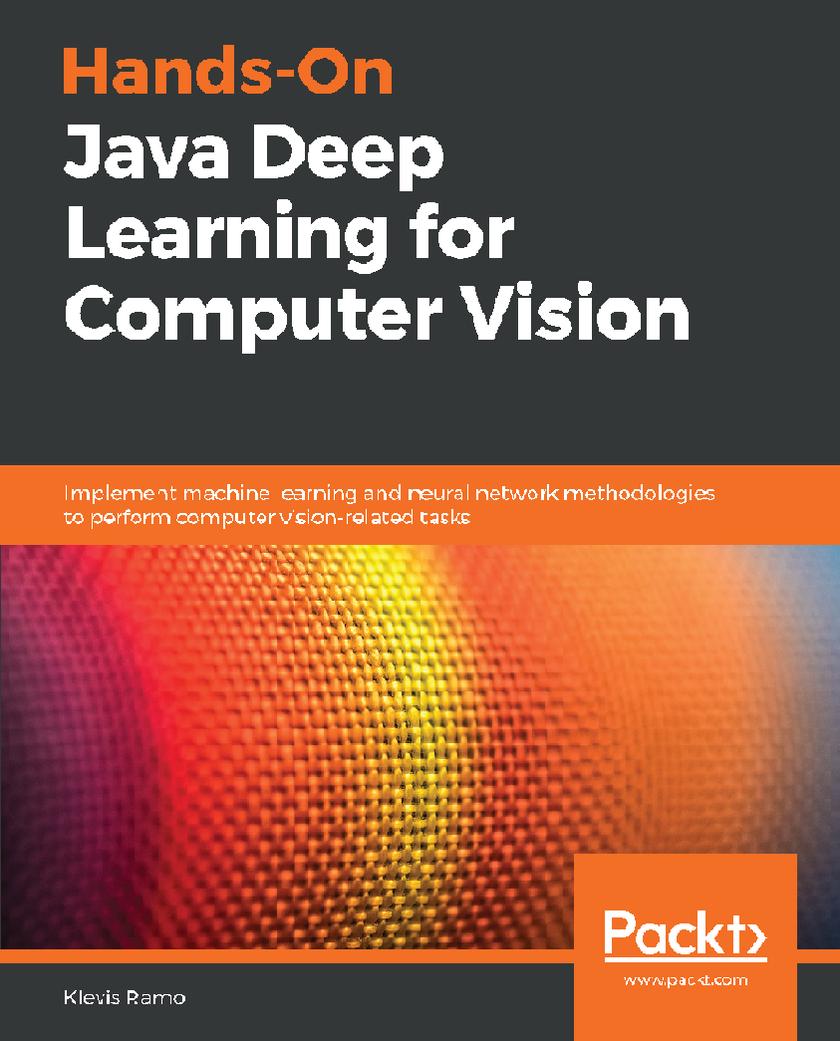
Hands-On Java Deep Learning for Computer Vision
¥54.49
Leverage the power of Java and deep learning to build production-grade Computer Vision applications Key Features * Build real-world Computer Vision applications using the power of neural networks * Implement image classification, object detection, and face recognition * Know best practices on effectively building and deploying deep learning models in Java Book Description Although machine learning is an exciting world to explore, you may feel confused by all of its theoretical aspects. As a Java developer, you will be used to telling the computer exactly what to do, instead of being shown how data is generated; this causes many developers to struggle to adapt to machine learning. The goal of this book is to walk you through the process of efficiently training machine learning and deep learning models for Computer Vision using the most up-to-date techniques. The book is designed to familiarize you with neural networks, enabling you to train them efficiently, customize existing state-of-the-art architectures, build real-world Java applications, and get great results in a short space of time. You will build real-world Computer Vision applications, ranging from a simple Java handwritten digit recognition model to real-time Java autonomous car driving systems and face recognition models. By the end of this book, you will have mastered the best practices and modern techniques needed to build advanced Computer Vision Java applications and achieve production-grade accuracy. What you will learn * Discover neural networks and their applications in Computer Vision * Explore the popular Java frameworks and libraries for deep learning * Build deep neural networks in Java * Implement an end-to-end image classification application in Java * Perform real-time video object detection using deep learning * Enhance performance and deploy applications for production Who this book is for This book is for data scientists, machine learning developers and deep learning practitioners with Java knowledge who want to implement machine learning and deep neural networks in the computer vision domain. You will need to have a basic knowledge of Java programming.
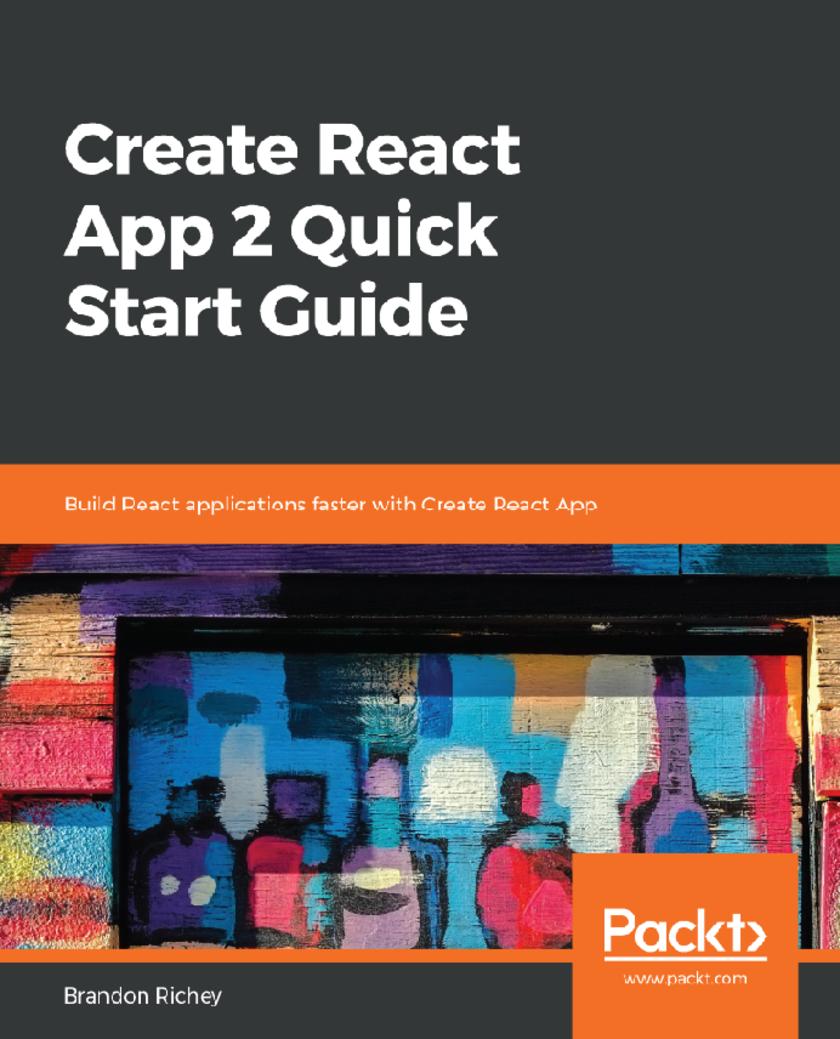
Create React App 2 Quick Start Guide
¥54.49
Integrate your React applications with React to build efficient web services. Key Features * Learn React by building applications with Create React App * Create interactive UIs exploring the latest feature of CRA 2.0 * Build Progressive Web Applications for a more seamless web Book Description If you're a power user and you aren’t happy always reusing default configurations, from previous applications with each new application, then all you need is Create React App (CRA), a tool in the React ecosystem designed to help you create boilerplate code for building a web frontend. This book will help you use CRA to write React programs without significant configuration-related difficulties. With this quick start guide, you will integrate your applications with React to build efficient professional web services.You will learn to design UIs with the features of CRA and template your React applications. By the end of the book, you will be sufficiently skilled to be able to build faster and effective React apps using CRA. What you will learn * Become familiar with React by building applications with Create React App * Make your frontend development hassle free * Create interactive UIs exploring the latest features of CRA 2 * Build modern, React projects with, SASS,and progressive web applications * Develop proxy backend servers and simulate interaction with a full backend * Keep your application fully tested and maintain confidence in your project Who this book is for The book is intended for the web developers who want to jump into building great frontend with React using easy templating solutions.
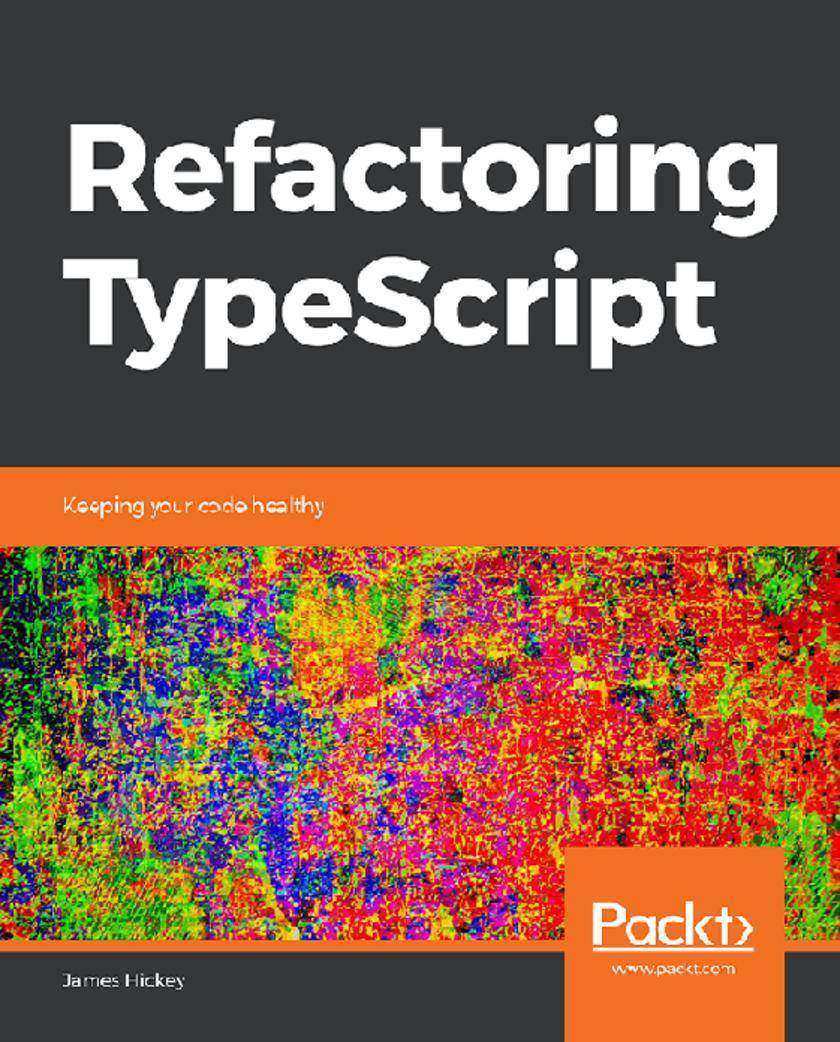
Refactoring TypeScript
¥54.49
Discover various techniques to develop maintainable code and keep it in shape. Key Features * Learn all about refactoring - why it is important and how to do it * Discover easy ways to refactor code with examples * Explore techniques that can be applied to most other programming languages Book Description Refactoring improves your code without changing its behavior. With refactoring, the best approach is to apply small targeted changes to a codebase. Instead of doing a huge sweeping change to your code, refactoring is better as a long-term and continuous enterprise. Refactoring TypeScript explains how to spot bugs and remove them from your code. You’ll start by seeing how wordy conditionals, methods, and null checks make code unhealthy and unstable. Whether it is identifying messy nested conditionals or removing unnecessary methods, this book will show various techniques to avoid these pitfalls and write code that is easier to understand, maintain, and test. By the end of the book, you’ll have learned some of the main causes of unhealthy code, tips to identify them and techniques to address them. What you will learn * Spot and fix common code smells to create code that is easier to read and understand * Discover ways to identify long methods and refactor them * Create objects that keep your code flexible, maintainable, and testable * Apply the Single Responsibility Principle to develop less-coupled code * Discover how to combine different refactoring techniques * Learn ways to solve the issues caused by overusing primitives Who this book is for This book is designed for programmers who are looking to explore various refactoring techniques to develop healthy and maintainable code. Some experience in JavaScript and TypeScript can help you easily grasp the concepts explained in this book.
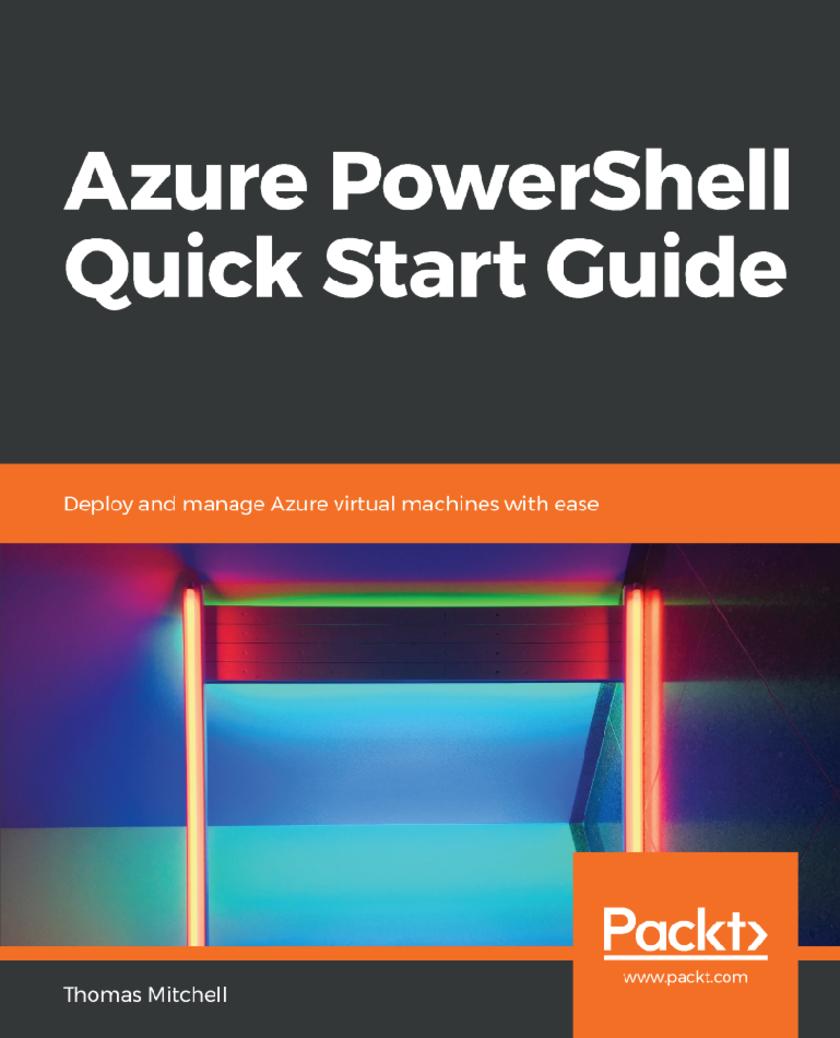
Azure PowerShell Quick Start Guide
¥54.49
Leverage PowerShell to perform many day-to-day tasks in Microsoft Azure Key Features *Deploy and manage Azure virtual machines with PowerShell commands. *Get to grips with core concept of Azure PowerShell such as working with images and disks, custom script extension, high availability and more. *Leverage hands-on projects to successfully apply what you learned through the course of this book. Book Description As an IT professional, it is important to keep up with cloud technologies and learn to manage those technologies. PowerShell is a critical tool that must be learned in order to effectively and more easily manage many Azure resources. This book is designed to teach you to leverage PowerShell to enable you to perform many day-to-day tasks in Microsoft Azure. Taking you through the basic tasks of installing Azure PowerShell and connecting to Azure, you will learn to properly connect to an Azure tenant with PowerShell. Next, you will dive into tasks such as deploying virtual machines with PowerShell, resizing them, and managing their power states with PowerShell. Then, you will learn how to complete more complex Azure tasks with PowerShell, such as deploying virtual machines from custom images, creating images from existing virtual machines, and creating and managing of data disks. Later, you will learn how to snapshot virtual machines, how to encrypt virtual machines, and how to leverage load balancers to ensure high availability with PowerShell. By the end of this book, you will have developed dozens of PowerShell skills that are invaluable in the deployment and management of Azure virtual machines. What you will learn *Manage virtual machines with PowerShell *Resize a virtual machine with PowerShell *Create OS disk snapshots via PowerShell *Deploy new virtual machines from snapshots via PowerShell *Provision and attach data disks to a virtual machine via PowerShell *Load balance virtual machines with PowerShell *Manage virtual machines with custom script extensions Who this book is for This book is intended for IT professionals who are responsible for managing Azure virtual machines. No prior PowerShell or Azure experience is needed.
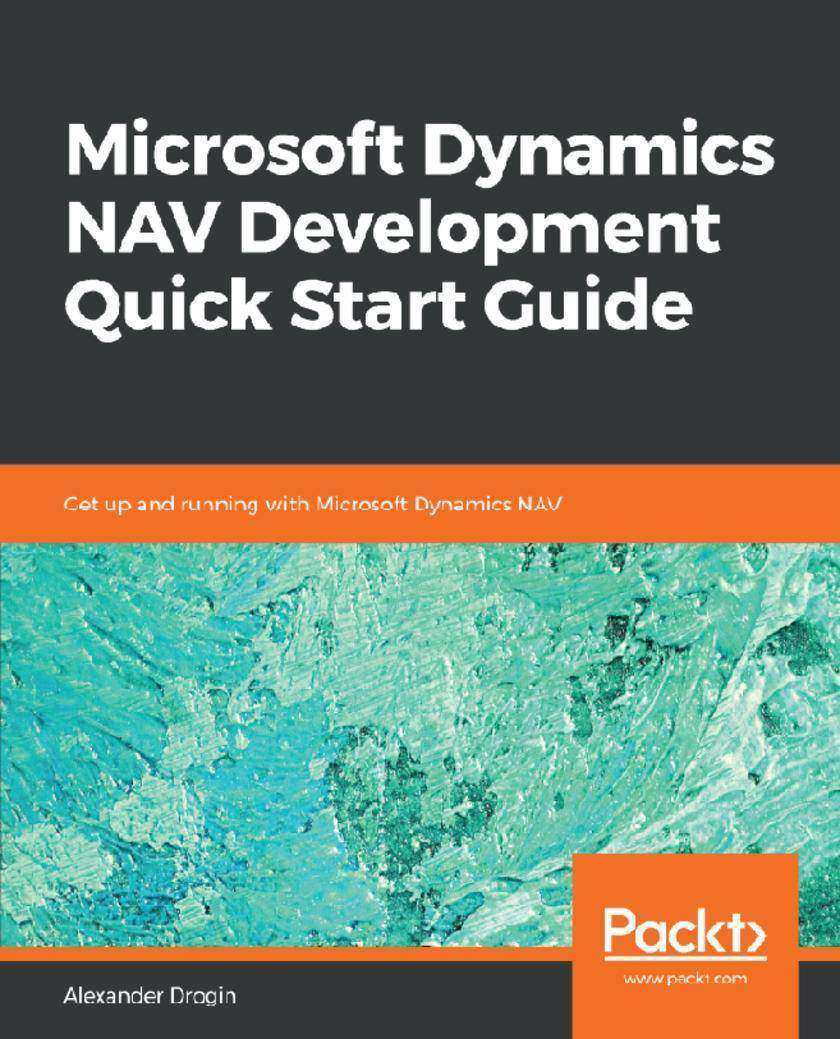
Microsoft Dynamics NAV Development Quick Start Guide
¥54.49
Learn development skills and improve productivity when programming in Microsoft Dynamics NAV 2018 - the popular Enterprise Resourse Planning management system used across a variety of industries for business process management Key Features *Solve common business problems with the valuable features and flexibility of Dynamics NAV *Understand the structure of NAV database - how documents and business entities are mapped to DB tables *Design user interface and bind the presentation layer with the data storage Book Description Microsoft Dynamics NAV is an enterprise resource planning (ERP) software suite for organizations. The system offers specialized functionality for manufacturing, distribution, government, retail, and other industries. This book gets you started with its integrated development environment for solving problems by customizing business processes. This book introduces the NAV development environment – C/SIDE. It gives an overview of the internal system language and the most essential development tools. The book will enable the reader to customize and extend NAV functionality with C/AL code, design a user interface through pages, create role centers, and build advanced reports in Microsoft Visual Studio. By the end of the book, you will have learned how to extend the NAV data model, how to write and debug custom code, and how to exchange data with external applications. What you will learn *Manage NAV Server configuration with Microsoft Management Console *Manage NAV installation with the NAV Administration Shell *Create integration events and extend functionality via the NAV event model *Run XML Ports from C/AL code *Design reports and write client code in RDLC expressions Who this book is for This book is for experienced NAV users who have an understanding of basic programming concepts. Familiarity with NAV development environment or its internal development language-C/AL is not expected.
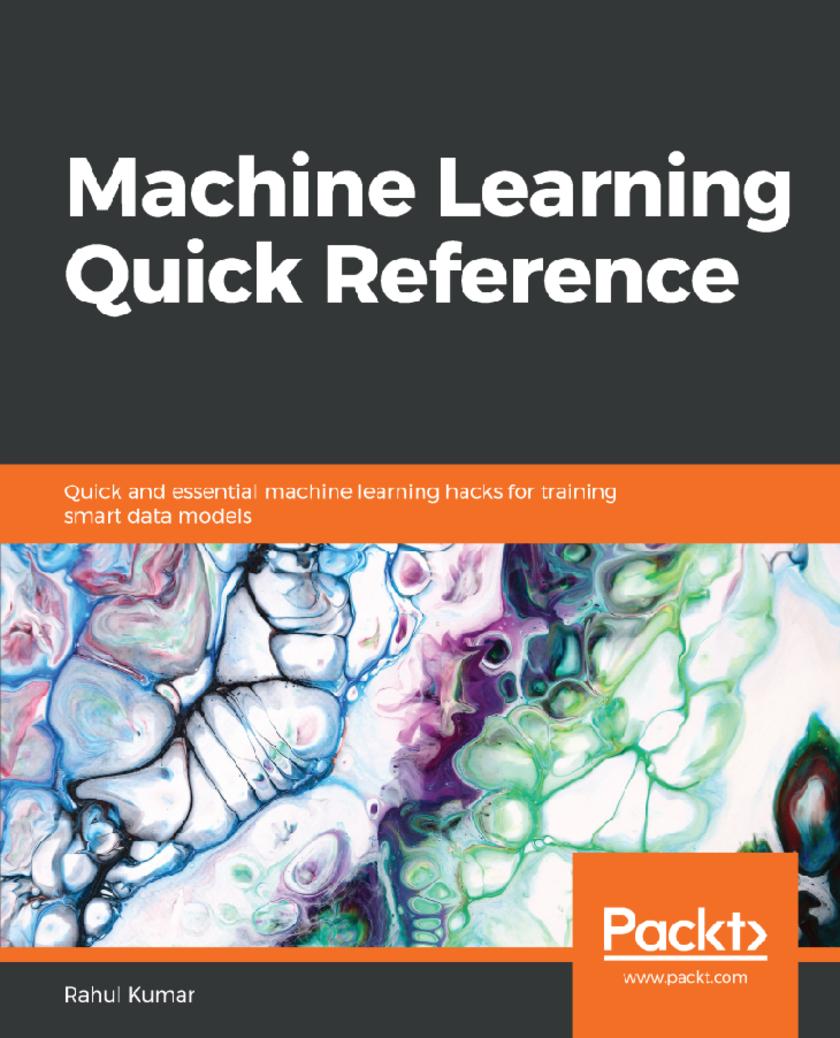
Machine Learning Quick Reference
¥54.49
Your hands-on reference guide to developing, training, and optimizing your machine learning models Key Features * Your guide to learning efficient machine learning processes from scratch * Explore expert techniques and hacks for a variety of machine learning concepts * Write effective code in R, Python, Scala, and Spark to solve all your machine learning problems Book Description Machine learning makes it possible to learn about the unknowns and gain hidden insights into your datasets by mastering many tools and techniques. This book guides you to do just that in a very compact manner. After giving a quick overview of what machine learning is all about, Machine Learning Quick Reference jumps right into its core algorithms and demonstrates how they can be applied to real-world scenarios. From model evaluation to optimizing their performance, this book will introduce you to the best practices in machine learning. Furthermore, you will also look at the more advanced aspects such as training neural networks and work with different kinds of data, such as text, time-series, and sequential data. Advanced methods and techniques such as causal inference, deep Gaussian processes, and more are also covered. By the end of this book, you will be able to train fast, accurate machine learning models at your fingertips, which you can easily use as a point of reference. What you will learn * Get a quick rundown of model selection, statistical modeling, and cross-validation * Choose the best machine learning algorithm to solve your problem * Explore kernel learning, neural networks, and time-series analysis * Train deep learning models and optimize them for maximum performance * Briefly cover Bayesian techniques and sentiment analysis in your NLP solution * Implement probabilistic graphical models and causal inferences * Measure and optimize the performance of your machine learning models Who this book is for If you’re a machine learning practitioner, data scientist, machine learning developer, or engineer, this book will serve as a reference point in building machine learning solutions. You will also find this book useful if you’re an intermediate machine learning developer or data scientist looking for a quick, handy reference to all the concepts of machine learning. You’ll need some exposure to machine learning to get the best out of this book.
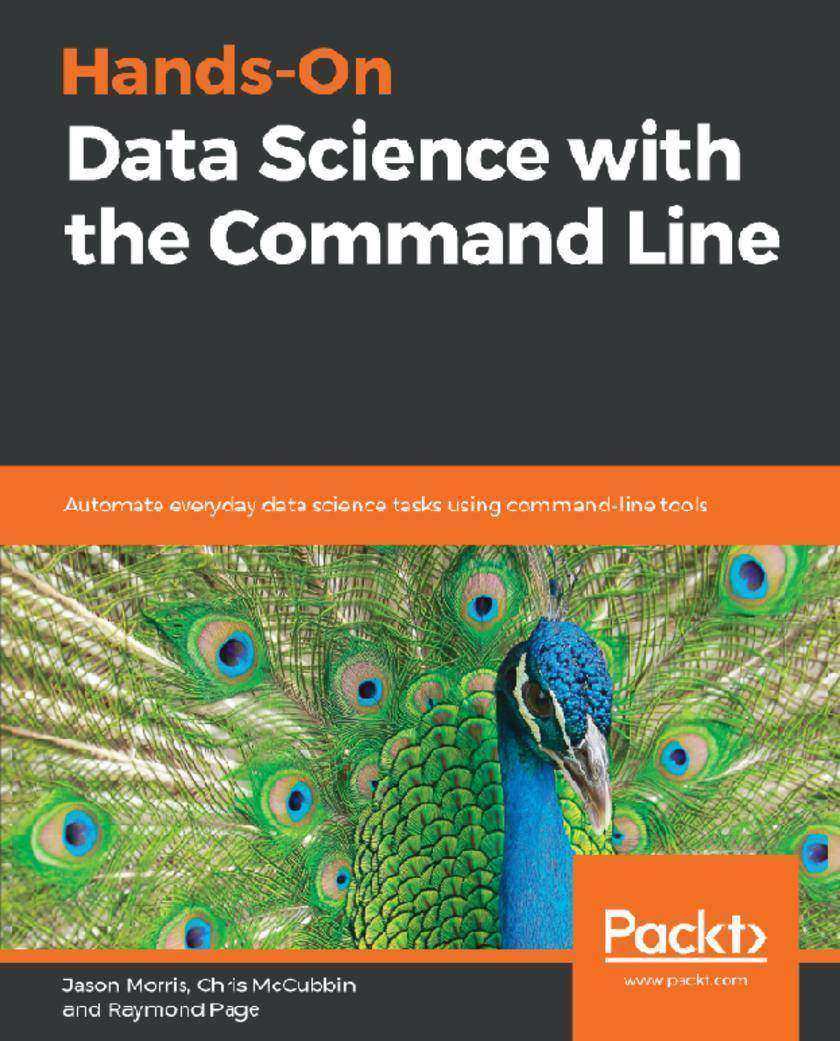
Hands-On Data Science with the Command Line
¥54.49
Big data processing and analytics at speed and scale using command line tools. Key Features * Perform string processing, numerical computations, and more using CLI tools * Understand the essential components of data science development workflow * Automate data pipeline scripts and visualization with the command line Book Description The Command Line has been in existence on UNIX-based OSes in the form of Bash shell for over 3 decades. However, very little is known to developers as to how command-line tools can be OSEMN (pronounced as awesome and standing for Obtaining, Scrubbing, Exploring, Modeling, and iNterpreting data) for carrying out simple-to-advanced data science tasks at speed. This book will start with the requisite concepts and installation steps for carrying out data science tasks using the command line. You will learn to create a data pipeline to solve the problem of working with small-to medium-sized files on a single machine. You will understand the power of the command line, learn how to edit files using a text-based and an. You will not only learn how to automate jobs and scripts, but also learn how to visualize data using the command line. By the end of this book, you will learn how to speed up the process and perform automated tasks using command-line tools. What you will learn * Understand how to set up the command line for data science * Use AWK programming language commands to search quickly in large datasets. * Work with files and APIs using the command line * Share and collect data with CLI tools * Perform visualization with commands and functions * Uncover machine-level programming practices with a modern approach to data science Who this book is for This book is for data scientists and data analysts with little to no knowledge of the command line but has an understanding of data science. Perform everyday data science tasks using the power of command line tools.
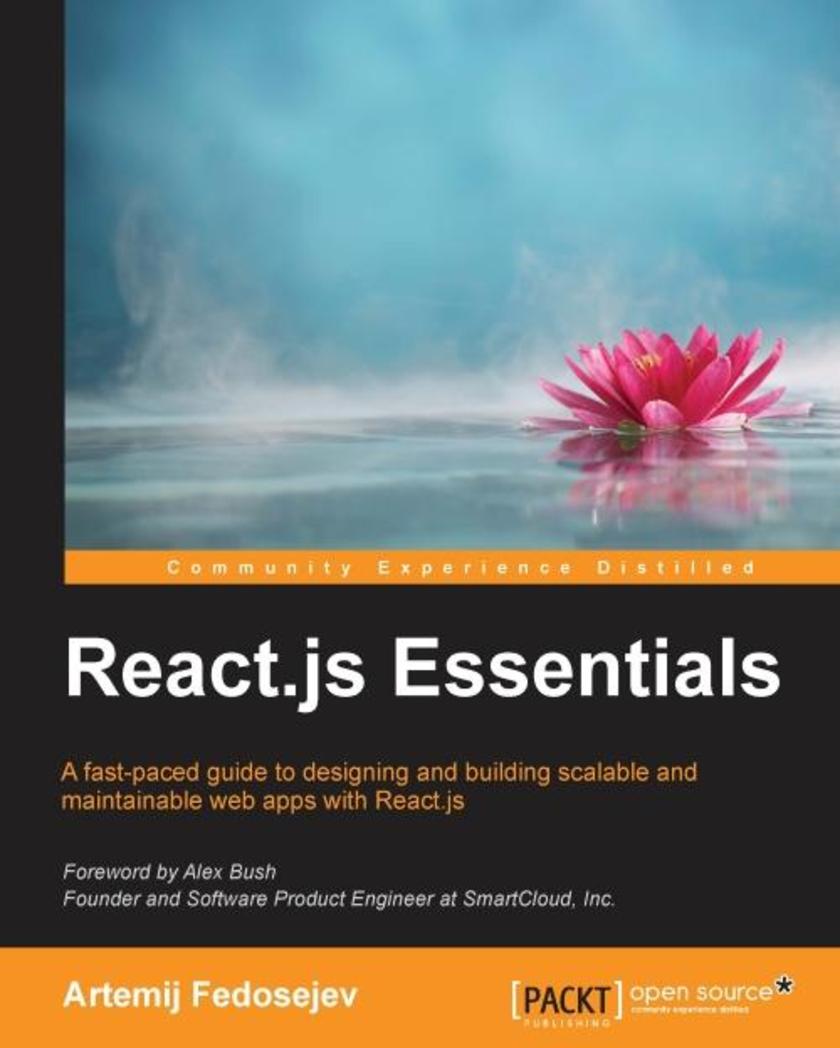
React.js Essentials
¥54.49
If you're a frontend developer with knowledge of native JavaScript or jQuery, along with frontend frameworks such as Angular.js and Backbone.js, and your aim is to build maintainable and scalable web user interfaces, then this book is ideal for you.
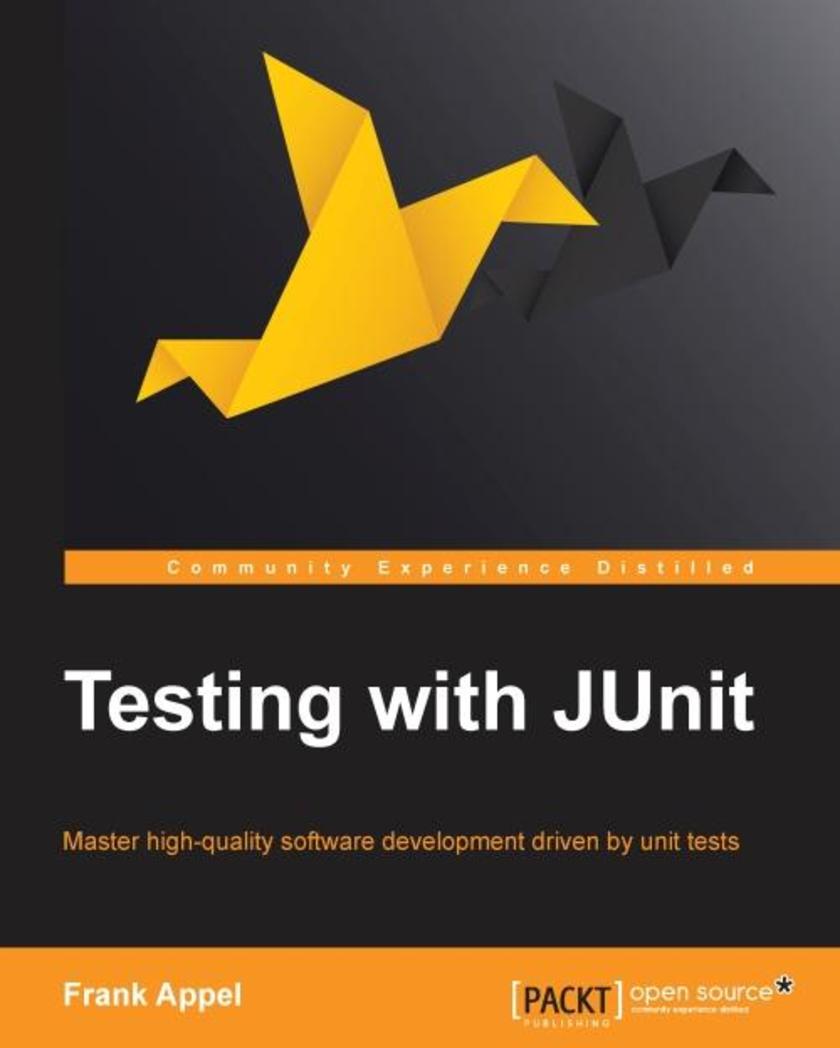
Testing with JUnit
¥54.49
No matter what your specific background as a Java developer is, unit testing is the way to go. This book provides you with a comprehensive, but concise entrance, advancing your knowledge, step-wise, to a professional level.
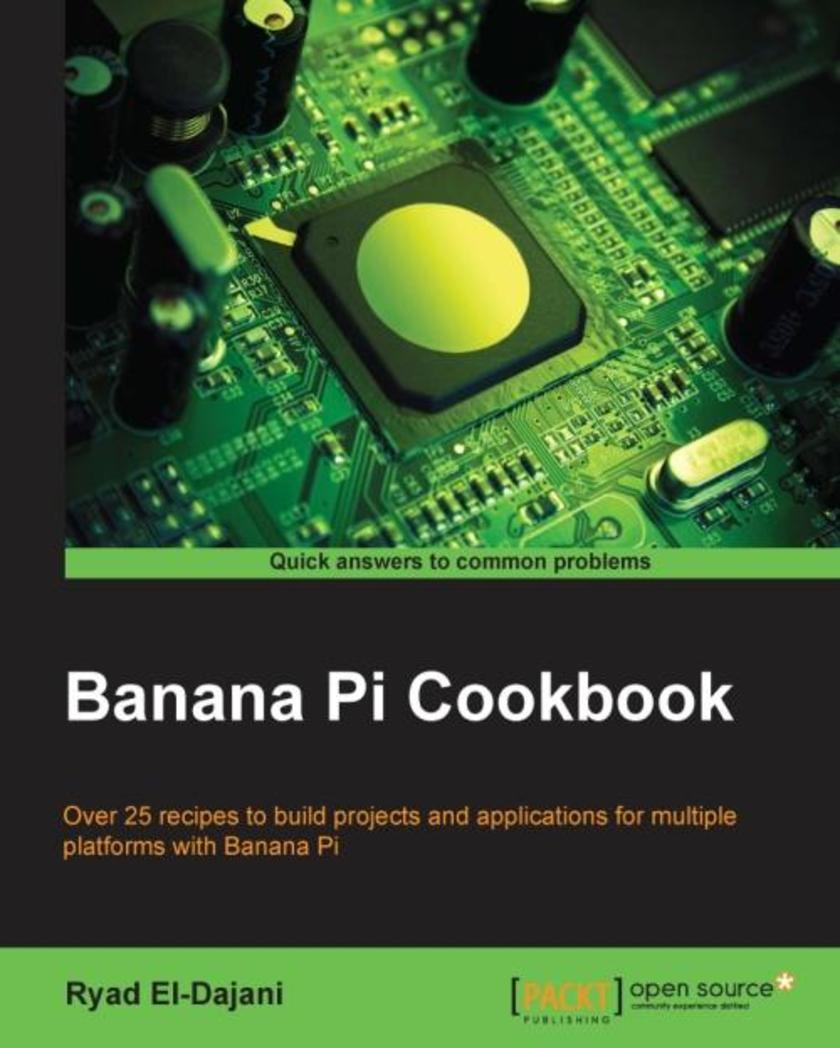
Banana Pi Cookbook
¥54.49
This book is intended for anybody who wants to learn how they can utilize the capabilities of the Banana Pi to its full potential. It's full of step-by-step guides and detailed de*ions for the whole range of possibilities in a language that is appropriate for computer enthusiasts and experts alike. It would be helpful to have a basic knowledge of Unix-like operating systems or programming, but no prior experience is required as every concept is explained in the appropriate sections.
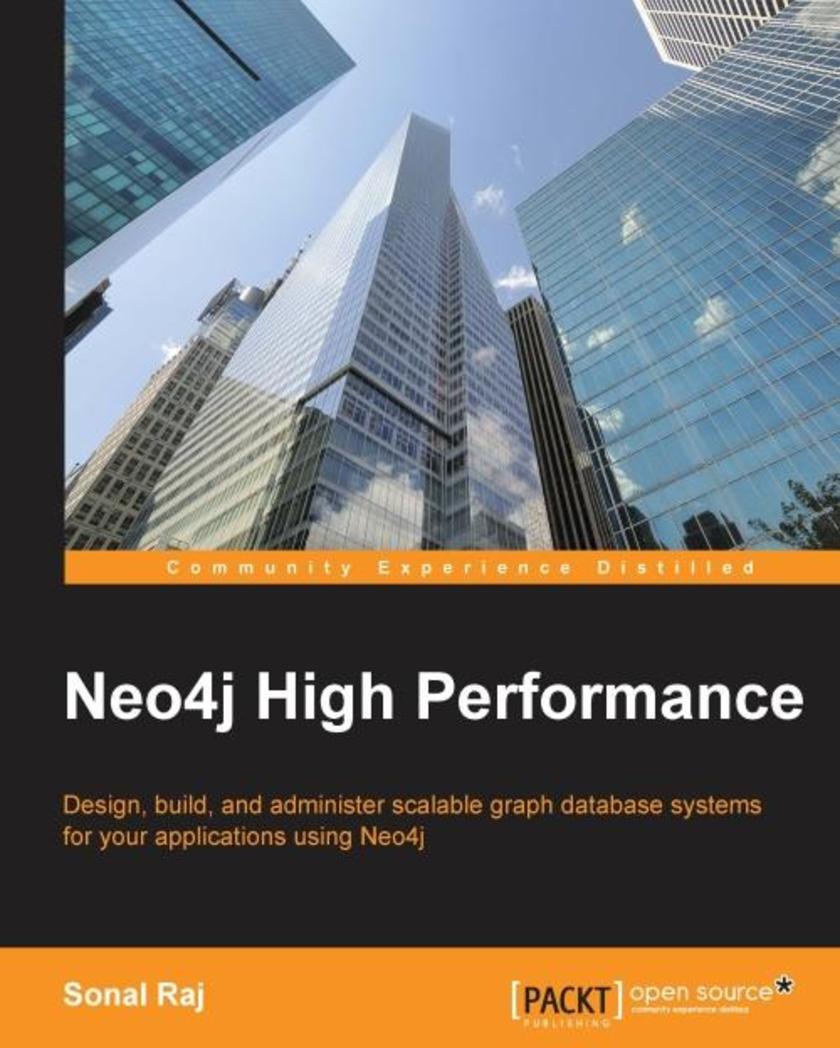
Neo4j High Performance
¥54.49
If you are a professional or enthusiast who has a basic understanding of graphs or has basic knowledge of Neo4j operations, this is the book for you. Although it is targeted at an advanced user base, this book can be used by beginners as it touches upon the basics. So, if you are passionate about taming complex data with the help of graphs and building high performance applications, you will be able to get valuable insights from this book.

Learning Node.js for .NET Developers
¥54.49
Solve practical real-world problems using JavaScript and Node.js About This Book Learn the concepts of Node.js to gain a high-level understanding of the Node.js execution model Build an interactive web application with MongoDB and Redis and create your own JavaScript modules that work both on the client side and server side Familiarize yourself with the new features of Node.js and JavaScript with this exclusive step-by-step guide Who This Book Is For This book is for developers who want to learn JavaScript and Node.js. Previous experience with programming is desired, but no JavaScript or Node.js knowledge is required. The book focuses mostly on web development, such as networking, serving dynamic pages, and real-time client-server communication. What You Will Learn Understand which problems Node.js best solves Write idiomatic JavaScript and Node.js code Build web applications and command-line tools Minimise complexity and efficiently solve difficult problems Test and deploy Node.js applications Work with persistent data Implement real-time client-server applications Integrate .NET and Node.js code In Detail Node.js is an open source, cross-platform runtime environment that allows you to use JavaScript to develop server-side web applications. This short guide will help you develop applications using JavaScript and Node.js, leverage your existing programming skills from .NET or Java, and make the most of these other platforms through understanding the Node.js programming model. You will learn how to build web applications and APIs in Node, discover packages in the Node.js ecosystem, test and deploy your Node.js code, and more. Finally, you will discover how to integrate Node.js and .NET code. Style and approach This is a step-by-step and practical guide to Node.js for .Net developers. It covers the fundamentals relating to typical applications. The focus is on providing the practical skills required to develop applications, with a summary of the key concepts covered.
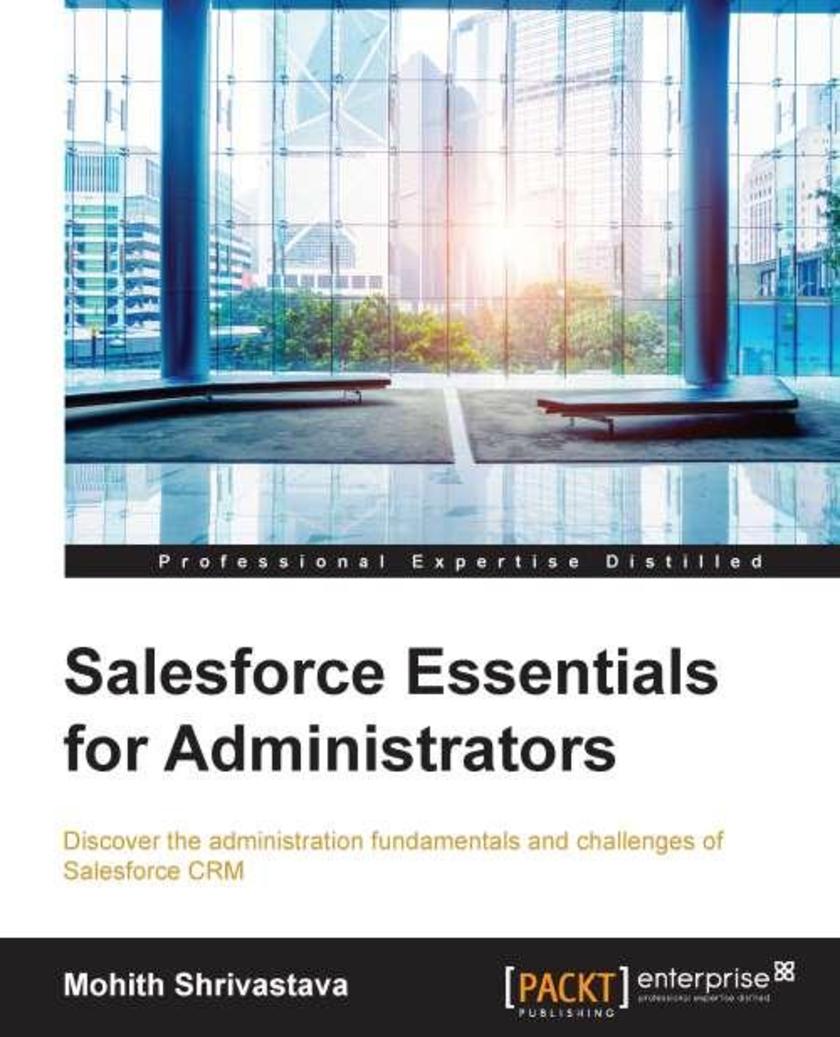
Salesforce Essentials for Administrators
¥54.49
This book is targeted at expert administrators or professionals who are new to Salesforce and want to learn the various features supported by the platform in a short space of time. The book can also be used by professionals preparing for Developer and Administrator certification exams from Salesforce.
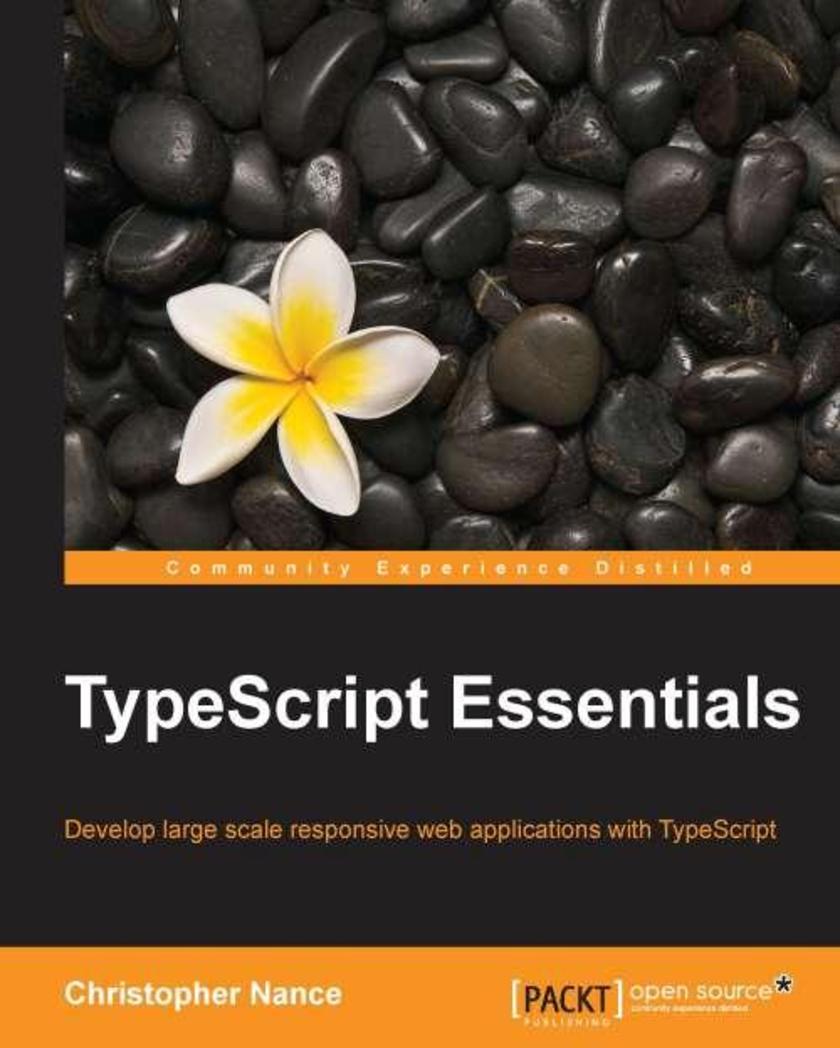
Typescript Essentials
¥54.49
The book introduces the TypeScript language and its features to anyone looking to develop rich web applications. Whether you are new to web development or are an experienced engineer with strong JavaScript skills, this book will get you writing code quickly. A basic understanding of JavaScript and its language features are necessary for this book.
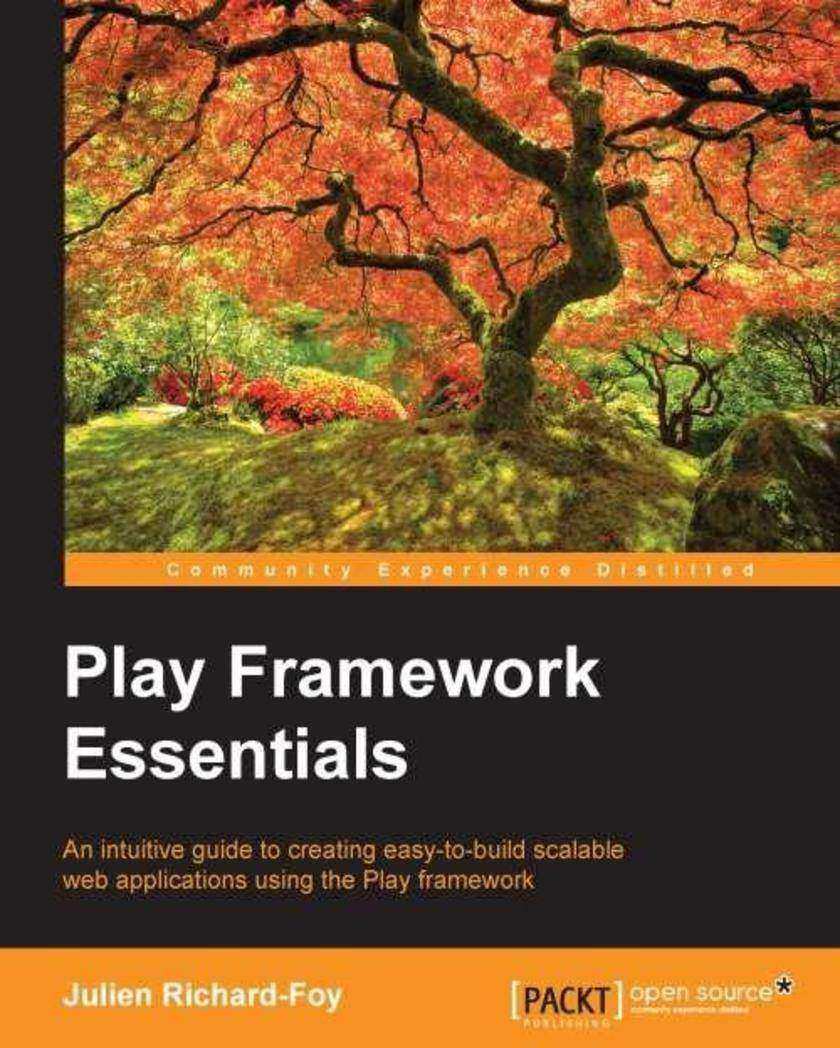
Play Framework Essentials
¥54.49
This book targets Java and Scala developers who already have some experience in web development and who want to master Play framework quickly and efficiently. This book assumes you have a good level of knowledge and understanding of efficient Java and Scala code.
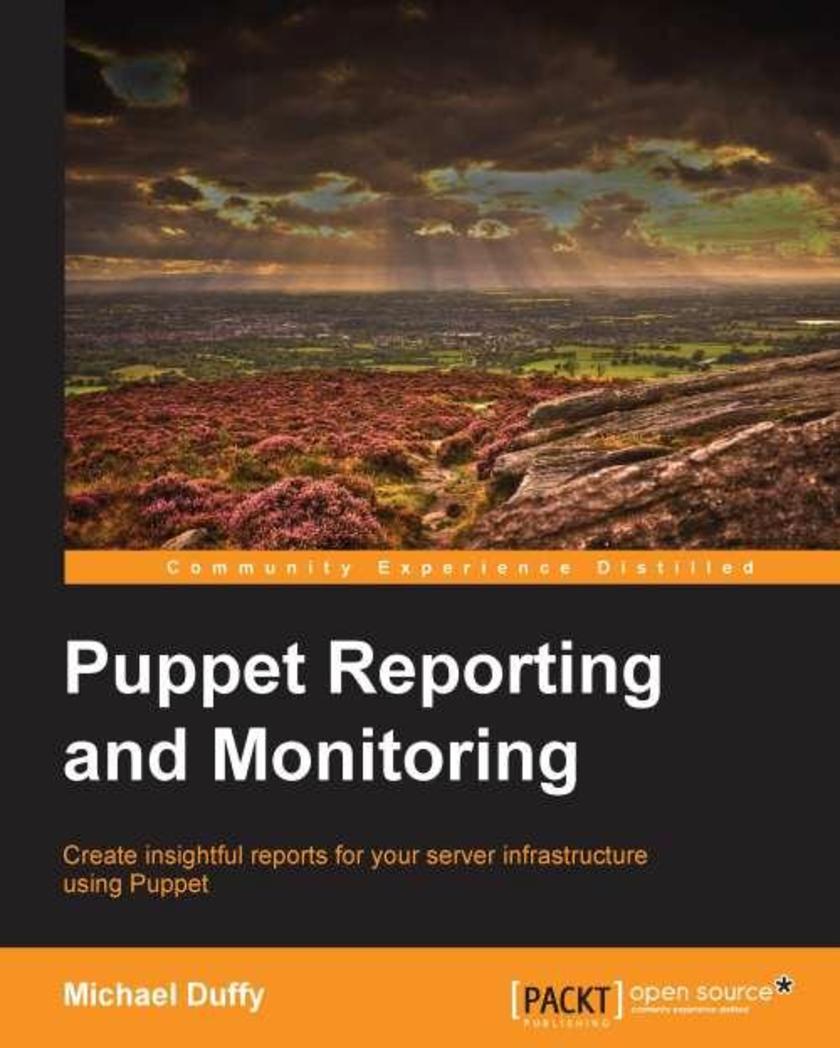
Puppet Reporting and Monitoring
¥54.49
An easy to follow guide with extensive examples to explain Puppet's reporting capabilities to facilitate effective implementation of Puppet in the real world as a reporting tool.If you are a Puppet developer or a system administrator using Puppet, and you want to extend your expertise to manage and optimize your server resources, then this book is for you.
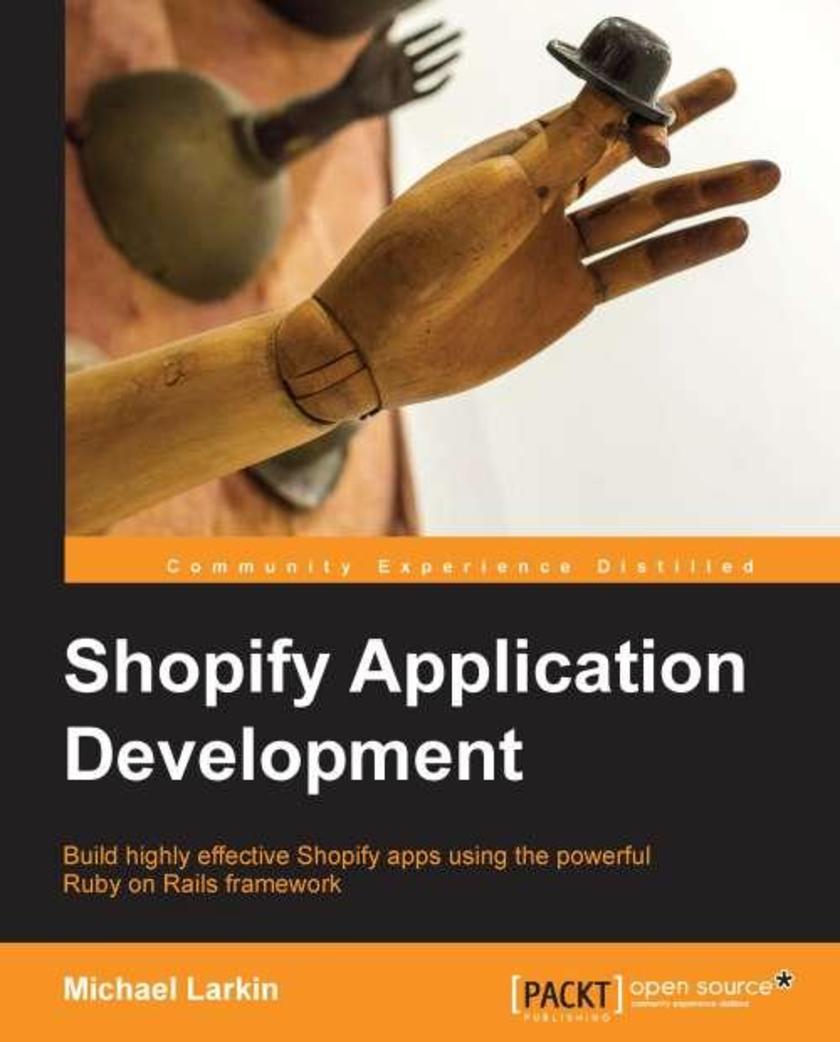
Shopify Application Development
¥54.49
This is an easy-to follow manual that will guide you through the entire process of application development with Shopify, beginning with the installation and configuration of your local development environment for your app to the deployment of the app to Heroku. If you are a web developer or a designer who wants to extend Shopify stores by building apps, then this book is for you. A basic understanding of programming concepts and some familiarity with Shopify is all that is required to get started with Shopify app development.
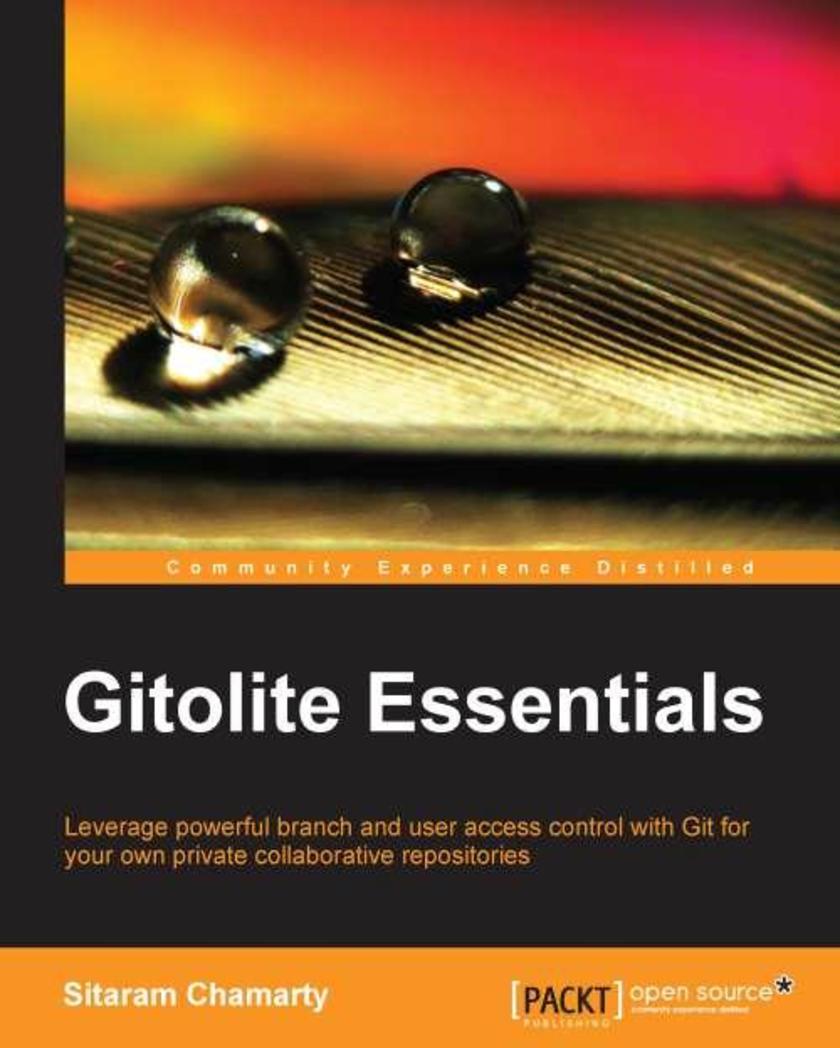
Gitolite Essentials
¥54.49
The book is written to suit an easyreading style, using typical problems in access control to illustrate the need for each Gitolite feature explained. This book is for system administrators or development managers who need to keep a lid on Gitbased development workflows. Basic knowledge of Git as well as of the Unix shell is helpful.

Getting Started with BizTalk Services
¥54.49
A practical book that acts as a clear and concise introduction to BizTalk Services. Full of realworld scenarios, each area of BizTalk Services is explained in detail, essentially enabling you to smoothly design your own integration solutions with minimal effort. This book is intended for those who want to understand BizTalk Services, what it can do, and how to build integration solutions using it in their organizations. If you are a developer, architect, or project manager, this book will quickly get you acquainted with this powerful cloud integration technology. It would be helpful to have some experience with BizTalk Server; however, this is neither required nor assumed. It is recommended to have a sub*ion with Windows Azure to try out the examples in the book.




 购物车
购物车 个人中心
个人中心



